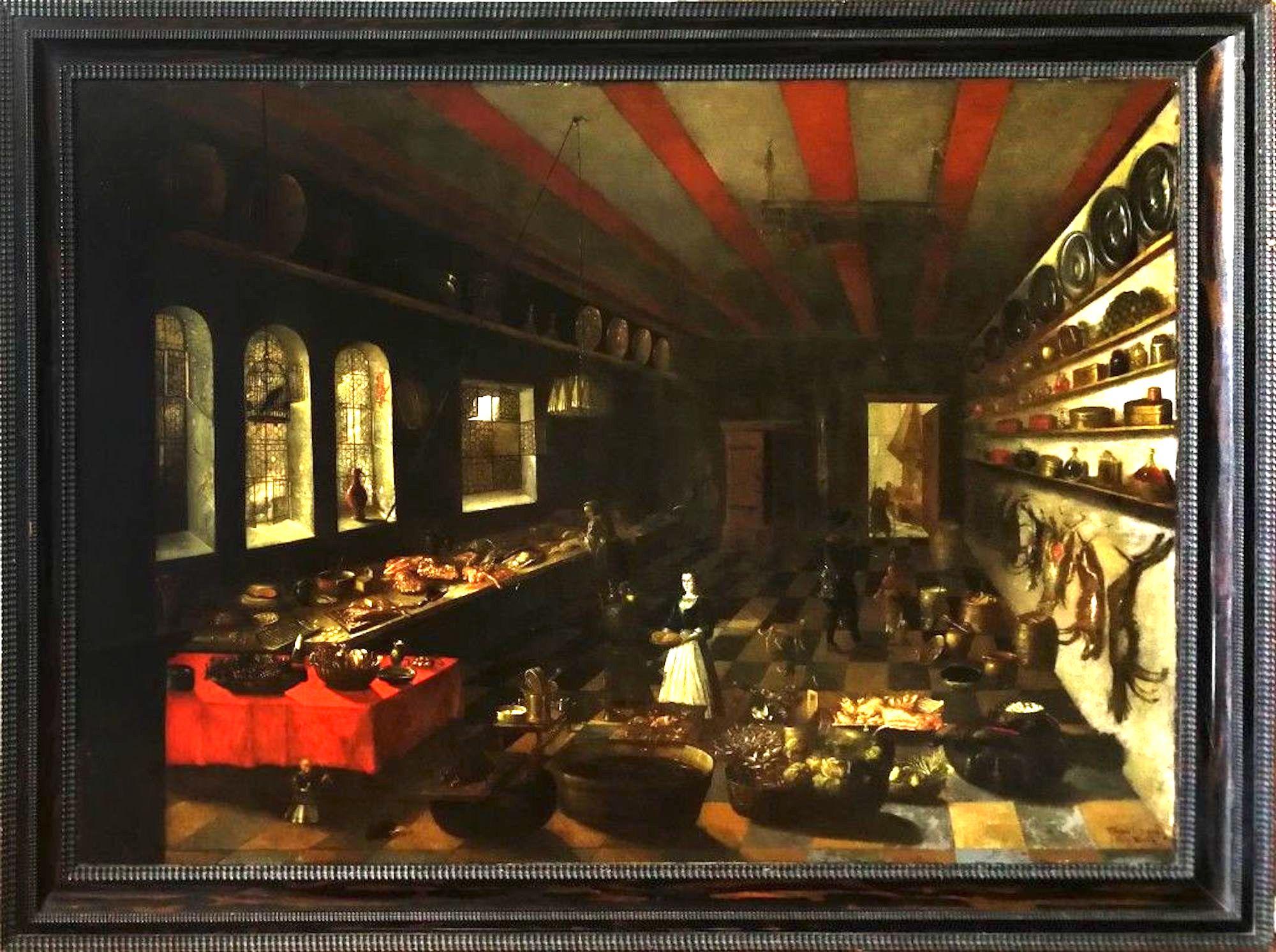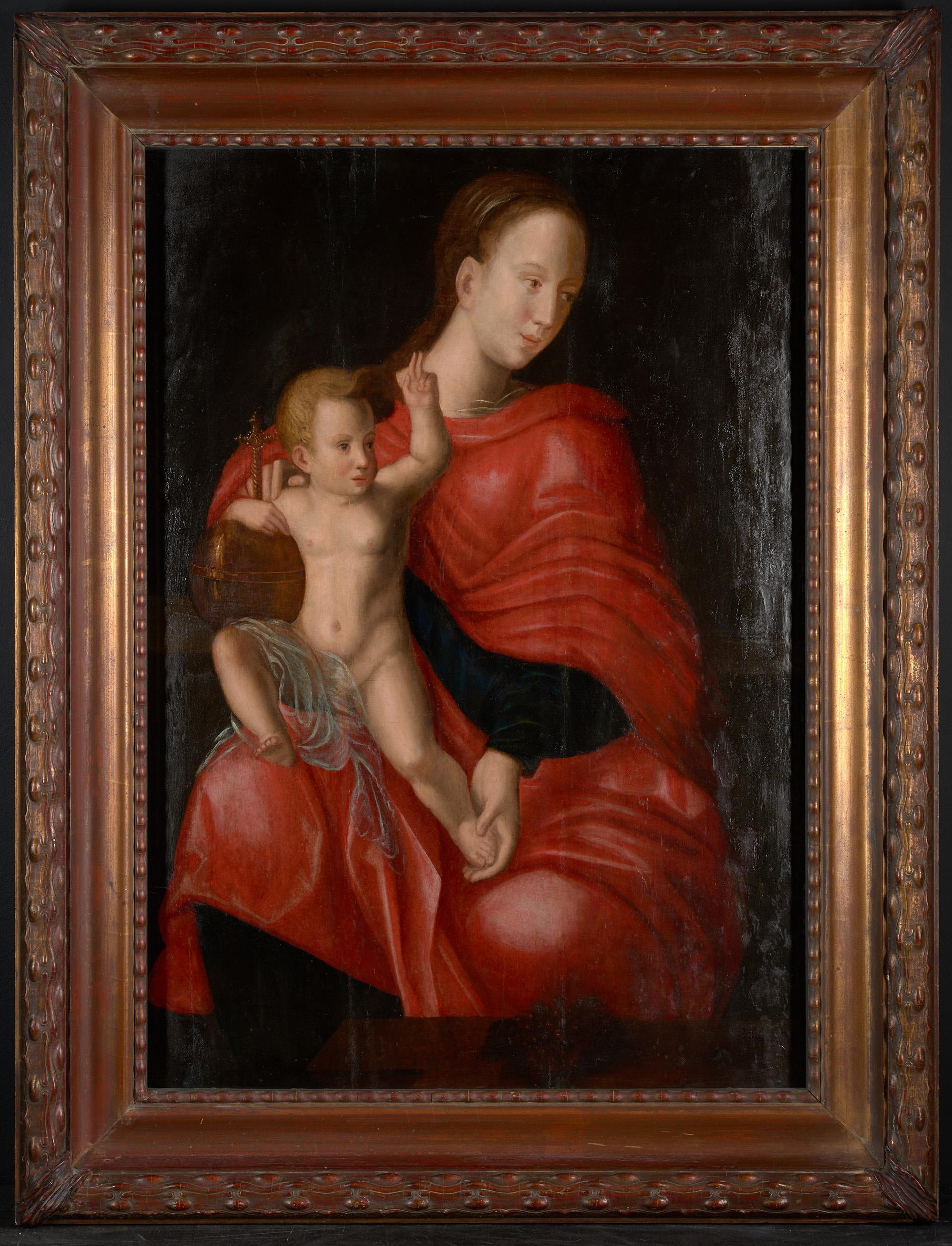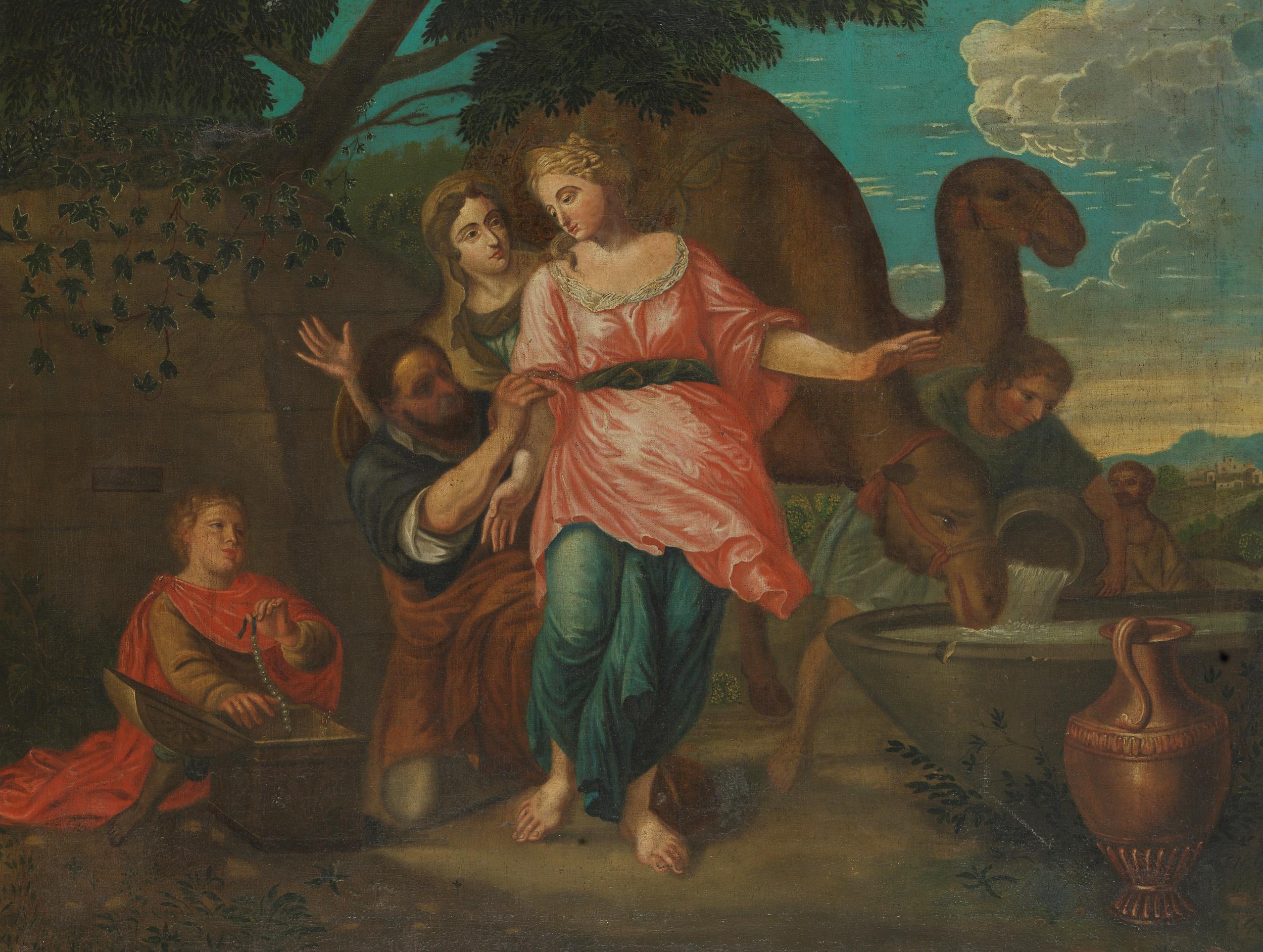Items Similar to Virgin and Jesus Child
Want more images or videos?
Request additional images or videos from the seller
1 of 6
UnknownVirgin and Jesus Child 17th century
17th century
About the Item
SHOOL OF GRANADA
(17th century)
Virgin and the Jesus Child
Oil on board
44,4 x 33,3 cm.
87 x 67 x 7 cm (frame)
- Creation Year:17th century
- Dimensions:Height: 34.26 in (87 cm)Width: 26.38 in (67 cm)Depth: 2.76 in (7 cm)
- More Editions & Sizes:44 x 33 cmPrice: $9,932
- Medium:
- Movement & Style:
- Period:
- Condition:ESCUELA GRANADINA (Siglo XVII) Virgen con el Niño Óleo sobre tabla 44,4 x 33,3 cm. 87 x 67 x 7 cm (marco).
- Gallery Location:MADRID, ES
- Reference Number:1stDibs: LU2548213218592
About the Seller
No Reviews Yet
Vetted Seller
These experienced sellers undergo a comprehensive evaluation by our team of in-house experts.
1stDibs seller since 2023
- ShippingRetrieving quote...Ships From: MADRID, Spain
- Return PolicyA return for this item may be initiated within 14 days of delivery.
You May Also Like
- The Tooth-Puller (Il Cavadenti) - Oil on Canvas by Follower of CaravaggioBy Follower of Caravaggio (Michelangelo Merisi)Located in Roma, ITThe Tooth-Puller is a superb original oil painting on canvas, realized by an anonymous artist, a follower of Caravaggio, in the first half of the X...Category
Late 17th Century Baroque Figurative Paintings
MaterialsCanvas, Oil
- 1760 Flemish Baroque oil painting. Romantic scene. Signed and dated.By Jan Josef Horemans the YoungerLocated in Berlin, DEFlemish Baroque painting. Romantic scene. Signed and dated. J. HOREMANS 1760. This 100% authentic painting captivates with its powerful colors. A real eye-catcher. Dimensions witho...Category
Mid-18th Century Baroque Figurative Paintings
MaterialsCanvas, Oil
- Interior Scene with Kitchen - Oil on Canvas - 1659Located in Roma, ITSigned and dated lower left. Includes a beautiful later wooden frame cm. 137x8x182. Very Good conditions. Prov. Christie's London, February 15th 1974, n. 19. This artwork is shippe...Category
1650s Baroque Interior Paintings
MaterialsOil
- Path by the sea. 1869. Oil on Canvas, 31x53 cmLocated in Riga, LVPath by the sea. 1869. Oil on Canvas, 31x53 cmCategory
1860s Baroque Landscape Paintings
MaterialsCanvas, Oil
- 16th C, Biblical, Manner of Joos van Cleve, Madonna with Child, Oil on PanelBy Joos van CleveLocated in brussel, BEAttentive observer, may I challenge you to find some unusual elements in this panel painting? One detail has to do with the symbolic use of color, the other with a later adjustment of the image. Indeed! The Blessed Virgin is not dressed in her usual sky blue cloak, which refers to her purity, but in a red robe. During the Late Middle Ages and early Renaissance, the Virgin often wore such a red garment to refer to the Passion of Christ. After all, the blessing Christ child with his orb would shed his blood for the redemption of mankind. The second strange element catches the eye when one looks closer at the little Jesus. It appears that he was originally depicted completely naked, but got on a transparent loincloth over time. In the past there were several times when nudity in art was subject to some form of censorship. For example, the supervision of Christian art was strongly encouraged by the Council of Trent (1545-1563). This assembly was dealing with the inner-ecclesiastical reform of the Roman Catholic Church. One of the important theologians who followed the council’s guidelines was Joannes Molanus (1533-1585). He did not consider the nakedness of the Christ Child to be edifying and pointed out that children could be endangered in this way. He may have been referring to the dangers of paedophilia. During the 19th century, puritanism emerged. A famous example of a moral preacher was Pope Pius IX...Category
16th Century Baroque Figurative Paintings
MaterialsCanvas, Oil
- 18th C, In the Style of the Classicizing Baroque, Biblical, Rebekka and EliëzerLocated in brussel, BEWillem Muys was a Dutch, 18th-century painter of history pieces, portraits and cabinet pieces. Above all, he appears to have been active as a painter of ‘wallpaper’. Until the mid-18th century, ‘wallpaper’ was not painted on paper but on coarsely woven linen. Wealthy citizens had their mansions or country estates adorned with ‘wallpaper’ with landscapes, exotic birds or chinoiseries. Willem Muys mainly painted ‘wallpaper’, which means that few of his works have been preserved. They are hardly represented in public collections. The works of his sons, Nicolaas en Robbert, both painters, are a little less rare. The painting with Rebecca and Eliezer...Category
18th Century Baroque Figurative Paintings
MaterialsCanvas, Oil
Recently Viewed
View AllMore Ways To Browse
Antique Jesus
Antique Virgin
Antique 67
Virgin Painting
Painting Of The Virgin
Framed Jesus Art
Jesus Oil
Jesus Oil Painting
Oil Paintings Of Jesus
Virgin Oil Painting
Antique Jesus Painting
Antique Jesus Paintings
Virgin Child
Virgin And Child
Antique Paintings Of Jesus
The Virgin And The Child
Child Jesus
Jesus And Child





